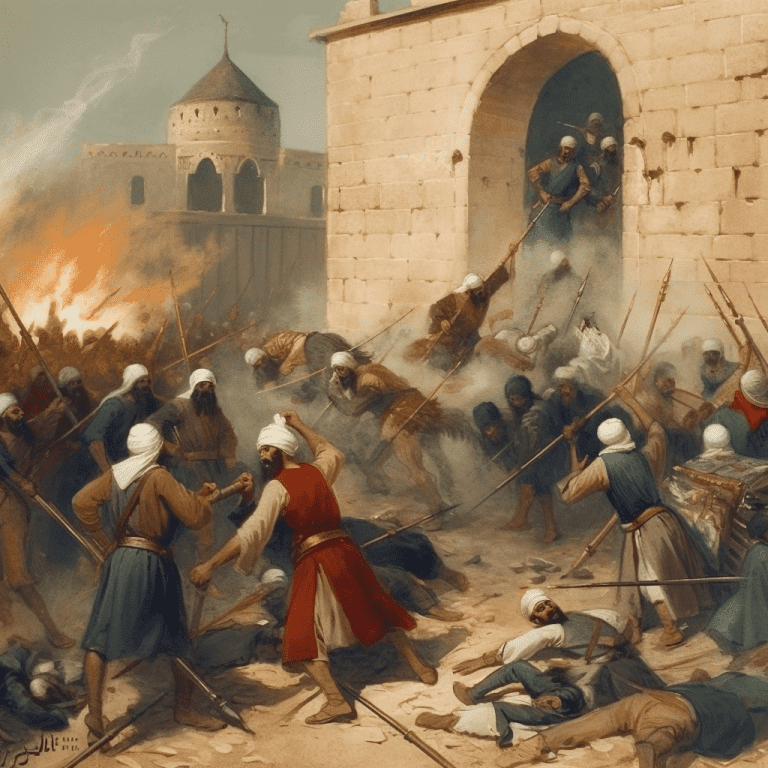The Sultanate of Adal, flourishing from the 13th to 16th centuries in the Horn of Africa, was a key Islamic power rivalling the Christian Ethiopian Empire. With its capital at Harar, it peaked during the 16th-century conquests but waned after the Ethiopian-Adal war in 1543.
Origins of the Sultanate of Adal
In the 14th century, Sabr ad-Din II relocated Ifat’s capital to the Harar Plateau, leading some to regard him as the true founder of the Sultanate of Adal. In the late 14th century, Ethiopian Emperor Dawit I amassed a colossal army, branded the Muslims in the vicinity as “enemies of the Lord,” and invaded Adal. Following a brutal conflict, Adal’s forces were vanquished in 1403 or 1410, and the Walashma ruler, Sa’ad ad-Din II, was captured and executed in the ravaged city of Zeila. His offspring and the remaining Walashma dynasty would seek refuge in Yemen until 1415.
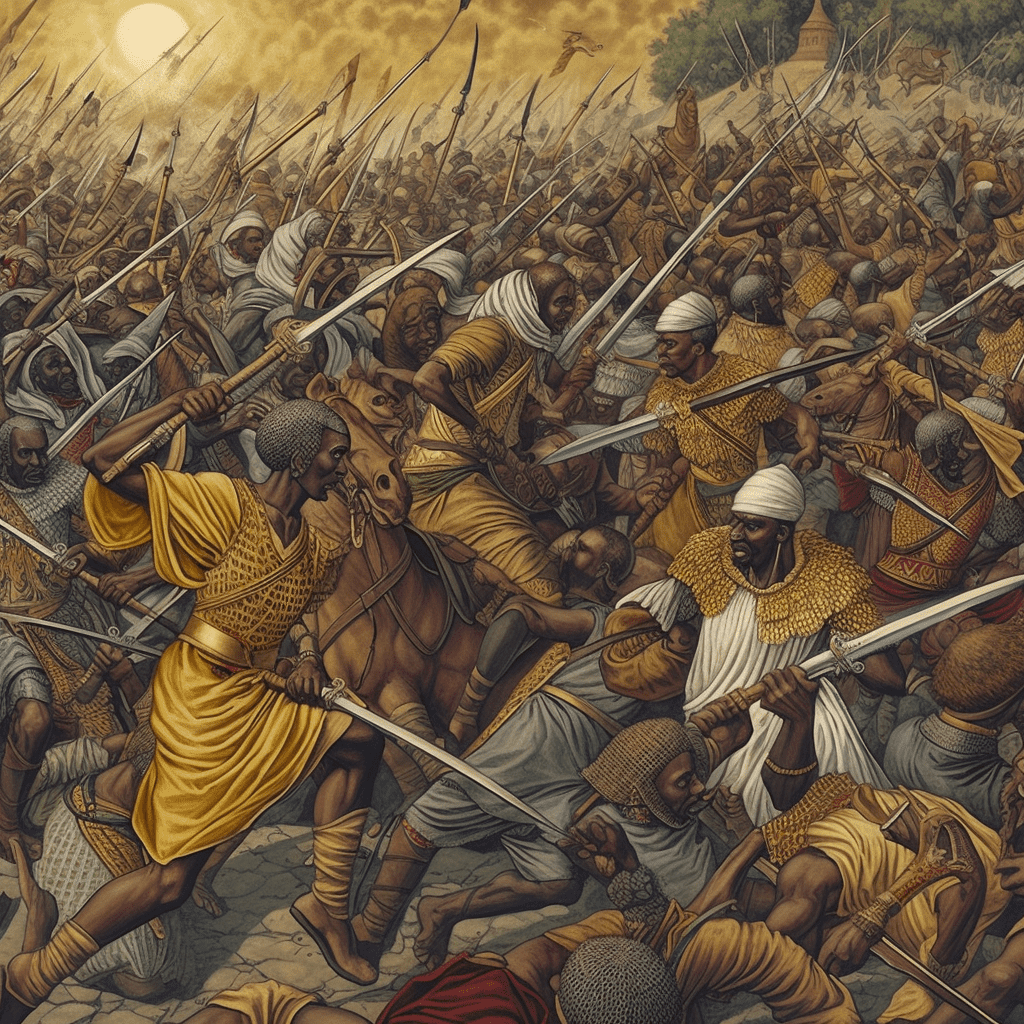
In 1415, Sabr ad-Din III, the eldest son of Sa’ad ad-Din II, returned to Adal from his Arabian exile to reclaim his father’s throne. Upon his return from Yemen to the Harar Plateau, he declared himself “king of Adal” and established his new capital at Dakkar. Sabr ad-Din III and his siblings vanquished a 20,000-strong army led by an unnamed commander seeking to restore the lost “Amhara rule”. The triumphant king then returned to his capital, instructing his numerous followers to prolong and expand the war against the Christians.
Economy of the Sultanate of Adal
Ifat, one of the empire’s wealthiest provinces, was blessed with ample water from the vast river Awash. Moreover, the area between Harar and the Shawa Plateau was home to at least five other rivers. The general region was well cultivated, densely populated with numerous adjoining villages. Agriculture yielded three primary cereals – wheat, sorghum, and teff – along with beans, aubergines, melons, cucumbers, marrows, cauliflowers, and mustard. A myriad of fruits thrived, including bananas, lemons, limes, pomegranates, apricots, peaches, citrons, mulberries, and grapes. Other plants consisted of the sycamore tree, sugar cane for extracting kandi or sugar, and inedible wild figs.
The province also cultivated the stimulating plant Khat, exported to Yemen. The Sultanate of Adal was abundant in cattle, sheep, and some goats. Chickens were also raised, and buffaloes and wild fowl were occasionally hunted. The province was renowned for producing butter and honey.
Provinces such as Bale, surrounding the Webi Shabelle region, were famed for their cotton cultivation and ancient weaving industry. The El Kere region produced salt, an essential trading commodity.
Zeila, a prosperous city, was well-supplied with provisions, including grain, meat, oil, honey, and wax. The inhabitants had a plethora of horses and raised various types of cattle, resulting in ample butter, milk, and meat, along with a generous supply of millet, barley, and fruits. These provisions were exported to Aden, Jeddah, Mecca, and “All Arabia”, which relied on supplies and produce from Zeila, favouring it above all others. The city was described as a “Port of much provisions for Aden, and all parts of Arabia and many countries and Kingdoms”.
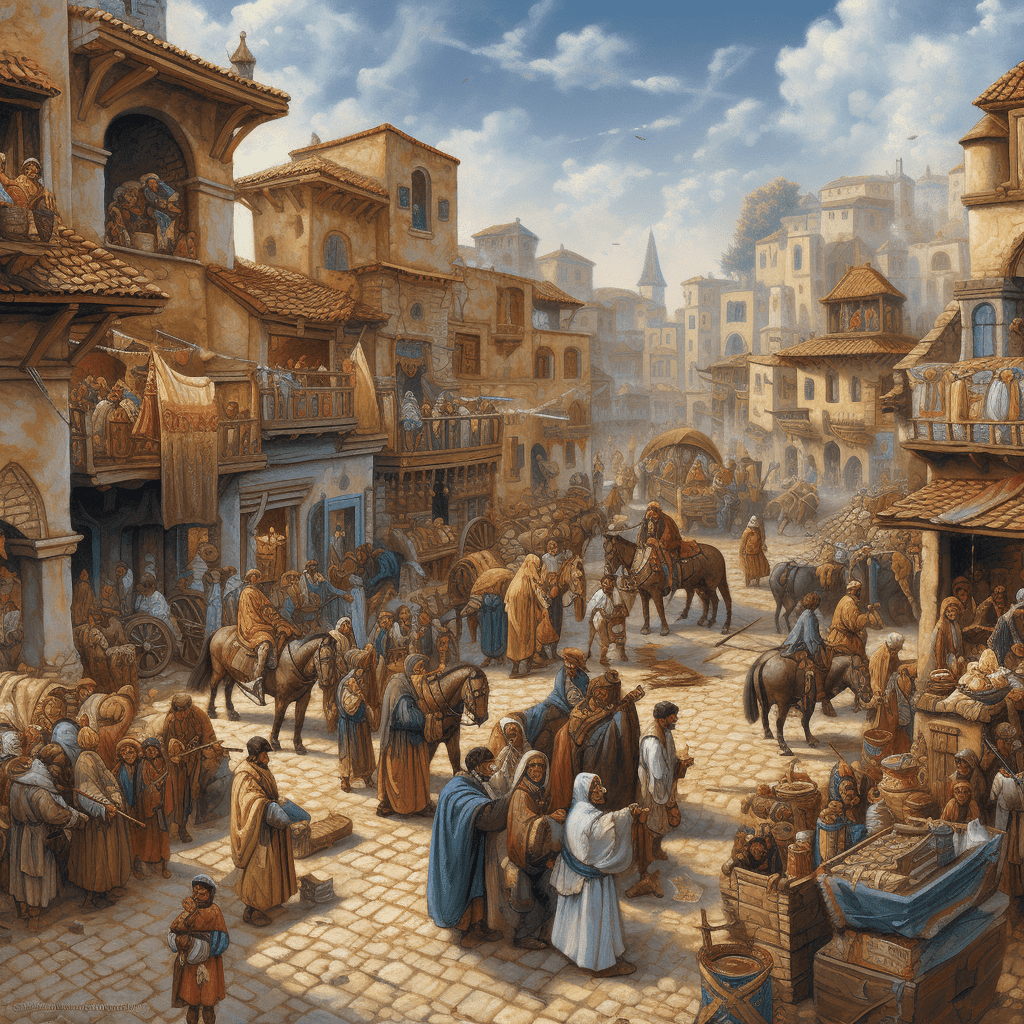
The principal exports, according to the Portuguese writer Corsali, were gold and ivory. The citizens of Zeila lived in the lap of luxury, and the city was well-built, guarded by numerous soldiers on foot and horseback.
The agricultural produce from the Sultanate of Adal was not only bountiful but also remarkably inexpensive, as recorded by Maqrizi; thirty pounds of meat sold for a mere half dirhem, while a bunch of roughly 100 Damascus grapes could be purchased for just four dirhems.
Trade routes along the upland river valleys connected the coast to interior markets, fostering a thriving caravan trade between the Ethiopian interior, the Hararghe highlands, Eastern Lowlands, and coastal cities like Zeila and Berbera. The trade from the interior was crucial, as it included gold from the Ethiopian territories in the west, including Damot and an unidentified district called Siham. This rare metal sold for 80 to 120 dirhems per ounce. The entire empire and the broader region were interdependent, forming a single economy and a cultural unit interconnected with several vital trade routes upon which the prosperity of the entire area depended.
Throughout its existence, the Sultanate of Adal engaged in trade and diplomatic relations with other polities in Northeast Africa, the Near East, Europe, and South Asia. Numerous historic cities in the Horn of Africa, such as Abasa, Amud, Awbare, and Berbera, flourished under its rule with courtyard houses, mosques, shrines, walled enclosures, and cisterns. The Sultanate of Adal reached its pinnacle in the 14th century, trading ivory, and other commodities with Abyssinia and kingdoms in Arabia through its primary port of Zeila. The cities of the empire imported intricately coloured glass bracelets and Chinese celadon for palace and home decoration. Adal also utilised imported currency like Egyptian dinars and dirhems.
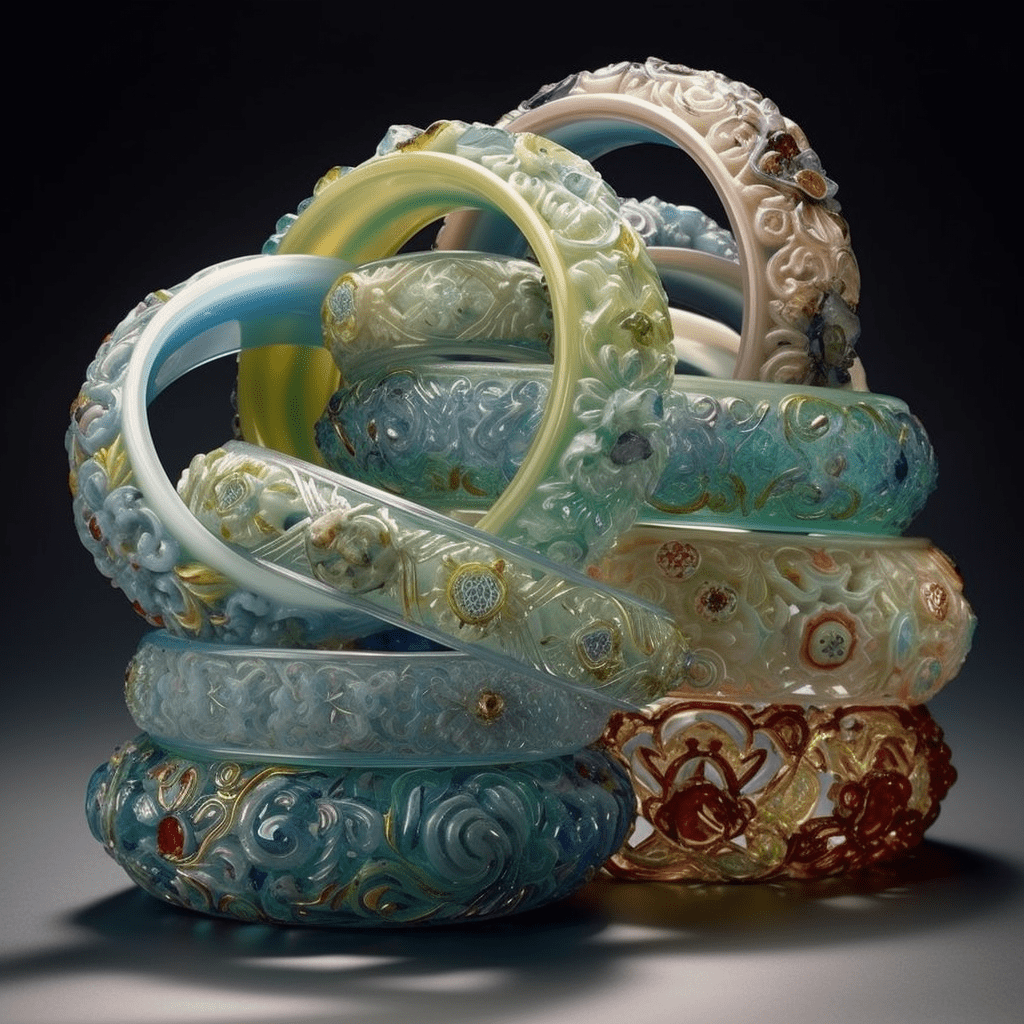
According to Sada Mire, the prosperous medieval cities and towns in the Sultanate of Adal, such as Zeila, Berbera, Abasa, Amud, Awbube, Awbare, Qoorgaab, Gogesa (near Gabiley), Aw-Barkhaadle (near Hargeisa), Fardowsa (near Sheikh), Maduna, Derbiga, Cad Cad, and others, were founded and developed by Somali pastoral and trading communities.
Military of the Sultanate of Adal
The formidable military of the Sultanate of Adal boasted several divisions, including infantry units of swordsmen, archers, and lancers, all commanded by skilled generals and lieutenants. This force was further bolstered by a formidable cavalry, and later, matchlock technology and cannons during the Conquest of Abyssinia. Each division displayed its unique flag with pride.
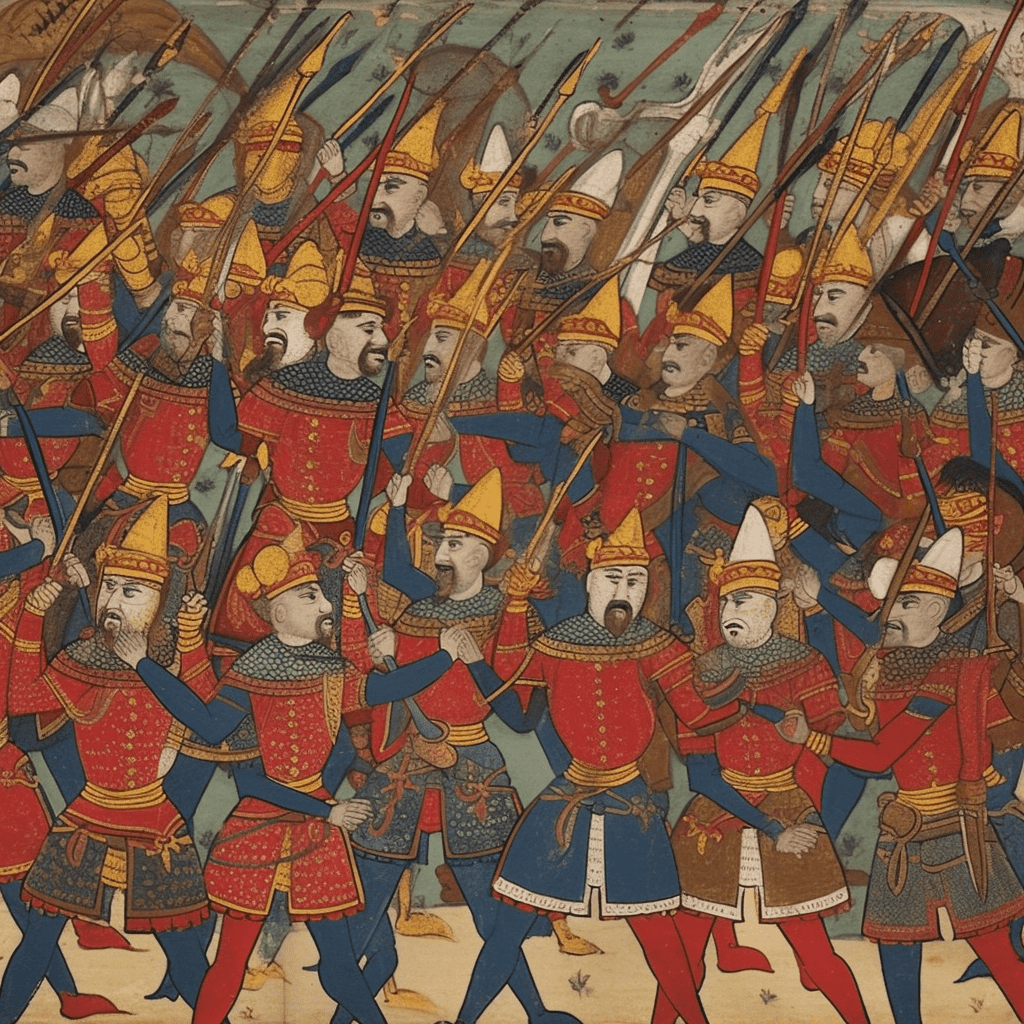
The Adal army’s elite warriors were known as Malassay or Malachai (Portuguese spelling). This term, often mistaken for a tribal or clan affiliation, simply denoted a soldier who had proven his military prowess. In the Futūḥ al-Ḥabaša, the Malasāy are portrayed as the core unit of the imām’s army – a social group, rather than a tribe or a clan.
The soldiers of the Sultanate of Adal were clad in intricate helmets and steel chain-mail armour with overlapping layers. Their cavalry wore helmets that shielded their entire face, apart from their eyes, and protective breastplates, while their steeds were similarly outfitted. During siege warfare, ladders were used to scale buildings, hills, and mountains.
Legacy of the Sultanate of Adal
The legacy of the Sultanate of Adal is immortalised through its architectural masterpieces and artefacts. Many of these treasures can be found in Somaliland’s northwestern Awdal province and other parts of the Horn region where the empire once reigned.
Late 19th and early 20th-century archaeological digs at over fourteen sites near Borama in present-day northwestern Somaliland yielded various artefacts, including silver coins from Qaitbay (1468–89), the eighteenth Burji Mamluk Sultan of Egypt. Most of these discoveries are linked to the medieval Adal Sultanate, and they were sent to the British Museum for preservation after their unearthing.
In 1950, an archaeological survey commissioned by the British Somaliland protectorate government in twelve desert towns in present-day Republic of Somaliland, near the Ethiopian border, uncovered substantial evidence of late medieval period prosperity. The ruins of once-great cities belonging to the Adal Sultanate were discovered in towns like Awbare, Awbube, Amud, Abasa, and Gogesa. Some walls still stood an impressive 18 meters high. The excavations revealed 26 silver coins minted by Egyptian Burji dynasty sultans Barquq (1382–99) and Qaitbay. High-quality porcelain was also discovered at Adal sites.
Local lore connects the archaeological site of Tiya in central Ethiopia with Imam Al-Ghazi through the name Yegragn Dingay (“Gran’s stone”). Archaeological research led by Joussaume (1995) dates the site to between the 11th and 13th centuries CE. Tiya is home to numerous megalithic pillars, including anthropomorphic and non-anthropomorphic/non-phallic stelae, adorned with intricate decorations like swords, human figures, and plant-like symbols.
Related Posts
Sources
“Adal Sultanate,” Wikipedia, last modified October 12, 2021, https://en.wikipedia.org/wiki/Adal_Sultanate.
(“The Sultanates of Somalia,” Lumen Learning, n.d., https://courses.lumenlearning.com/atd-herkimer-worldcivilization/chapter/the-sultanates-of-somalia/.)





